Beltane, also known as Belatane, is one of the four major pagan festivals celebrated by Wiccans and other practitioners of the Craft. The Beltane festival marks the midpoint between the spring equinox and the summer solstice and is traditionally celebrated on May 1st in the northern hemisphere. It’s a time when nature bursts into life, and the Earth herself seems to dance with renewed energy.
The Origins of Belatane
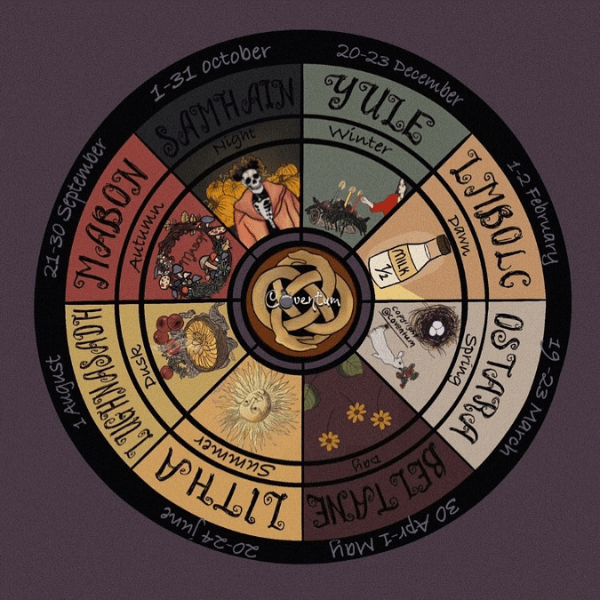
The Pagan Wheel of then Year is a calendar system that reflects the changing seasons and cycles of nature. It is based on the ancient agricultural and solar festivals of pre-Christian Europe, which were later adapted and adopted by modern Pagan and Wiccan traditions. The Wheel of Time consists of eight seasonal festivals: Yule (December 20 – 23), Imbolc (February 2), Ostara (March 19 – 22), Beltane (May 1), Lithia (June 19 – 23), Lughnasadh or Lammas (August 1), Mabon (September 21 – 24), and Samhain (November 1).
Each festival honors a phase of the eternal cycle—birth, growth, death, and rebirth—and reminds us of our interconnectedness with the natural world.
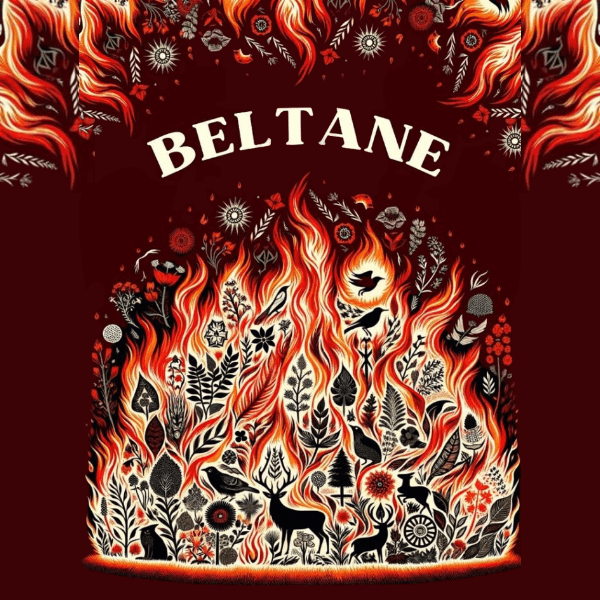
The origins of Belatane can be traced back to the ancient Celts who celebrated this festival as a time of fertility and the beginning of summer. It was a time when the cattle were driven out to pasture. The crops were planted, and the fires were lit to bring good luck and protection for the coming year.
Across the globe, the arrival of spring sparked celebrations. In the East, a mystical twin to Beltane exists—Hıdırellez—a festival of awakening and gratitude. (Curious about Hıdırellez? Check out our article!)
Beltane Facts: A Springtime Celebration on Fire
Every year on May 1st, Beltane fire festivals blaze across fields and hilltops, sizzling with the vibrant energy of spring. The Earth shakes off her winter slumber with flowers bursting, birds singing, and life buzzing at every turn.
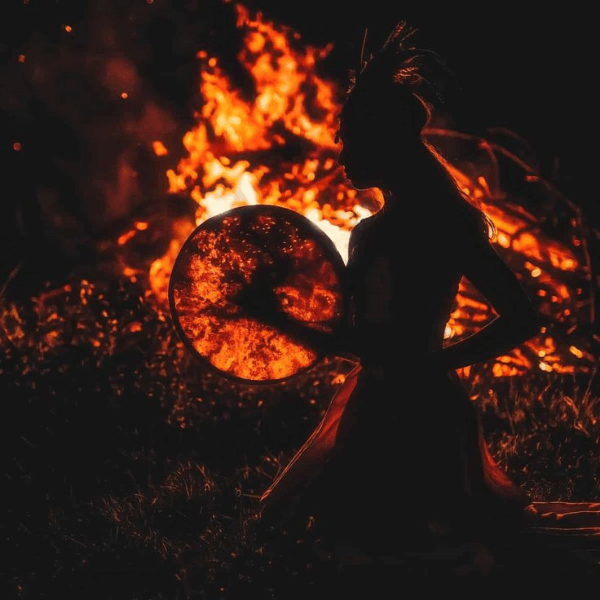
This festive energy reflects the myth of Beltane, a celebration of fertility, fire, and abundance, encouraging everyone to let their hair down and enjoy the resurgence of life. Enter the goddess of Beltane, none other than the fiery and feisty Flora, the Roman goddess of flowers and spring. She’s the life of the party, ensuring that the energy during Beltane is not just warm, but positively burning with potential for growth and renewal.
So mark your calendars and prepare your flower crowns, because when Beltane rolls around, it’s time to dance around the Maypole and maybe even jump over a few fires (metaphorically speaking, of course)!
How To Celebrate Beltane Fire Festival

You can celebrate Belatane in many different ways. However, the core themes of fertility, growth, and abundance should remain the same. Here are some ways that you can celebrate Belatane in your own witchy practice:
Create a Maypole
The Maypole is a traditional symbol of Belatane and represents the union of the god and goddess. It is typically a tall pole with ribbons and flowers, and people dance around it while holding onto the ribbons. You can create your own miniature Maypole using a dowel or branch and decorate it with ribbon and flowers.
Light a Bonfire
Fire is a powerful symbol of transformation and purification. Lighting a bonfire on Belatane can help you release old patterns and welcome new growth and abundance. You can use the fire to burn herbs, write intentions on paper, or simply sit and meditate on the flames.
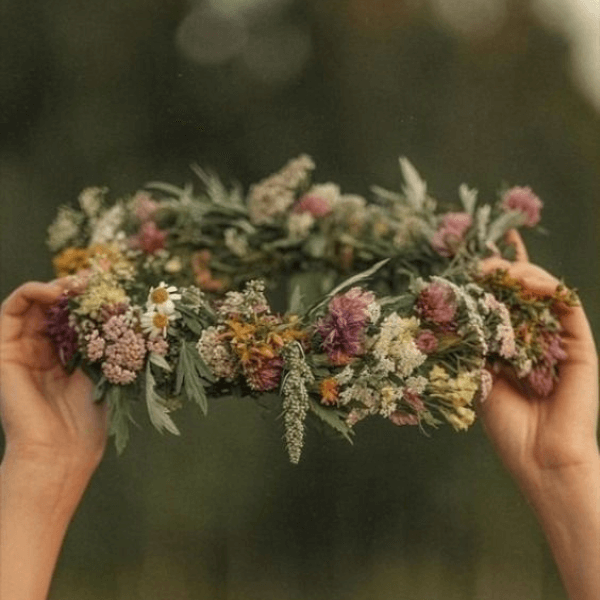
Make Flower Crowns
Flowers are another important symbol of Belatane, representing the beauty and abundance of nature. Making a flower crown or garland can help you connect with the energy of the season and celebrate the beauty of the natural world.
Offerings to the Earth
Belatane is a time of giving thanks for the abundance of the earth and honoring the spirits of nature. You can make offerings of food, flowers, or other items to the earth and the spirits that reside there.
Rituals and Spells
Belatane is a powerful time for magic and manifestation. You can perform rituals or spells to manifest abundance, growth.
Colors of Beltane Festival
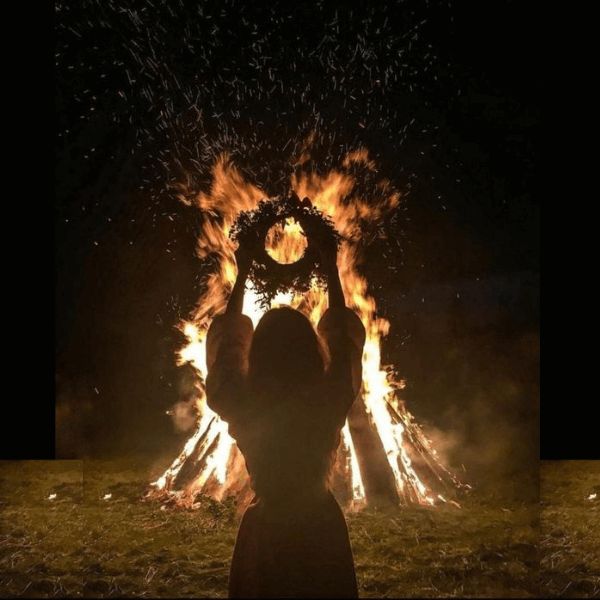
The colors of Beltane are traditionally green, white, and red, with each color symbolizing different aspects of the season and its energies.
Color of green represents growth, renewal, and the abundance of the earth during springtime. It is associated with the lush greenery that starts to emerge after the winter months. It holds the promise of new life and fertility.
White represents purity, clarity, and spiritual awakening. White symbolizes the opening of the mind and the heart to new possibilities. Also the recognition of the sacredness of all things.
Red represents passion, love, and vitality. Red is the color of fiery energy of the sun. So this makes perfect sence with the intense emotions and desires that arise during the Beltane season. You can incorporate these colors into clothing, jewelry, and other personal items to help connect with the energies of Beltane in daily life.
Like colors, you can symbolic decorations in Beltane rituals to invoke the energies of the season. It also creates a festive and sacred atmosphere too.
Symbols of Beltane Festival
Symbols carry the heartbeat of Beltane:

- Maypole – Unity and life force energy.
- Flowers – Particularly bluebells, primroses, and hawthorn.
- Fire – Purification, transformation, and celebration.
- Greenery – Embracing nature’s rebirth.
- Eggs – Fertility and new life.
- Butterflies – Transformation and hope.
- Bees – Community and collaboration.
- Sun and Moon – The balance of masculine and feminine energies.
- Deer – Masculine vitality of the Horned God.
- Female figures – The nurturing spirit of the Earth Goddess.
These powerful symbols appear in modern Beltane rituals to evoke nature’s potent magic.
Creating A Beltane Altar
Creating a Beltane altar is a wonderful way to honor the season and connect with the energies of nature. A Beltane altar can be a simple yet sacred way to honor the festival:
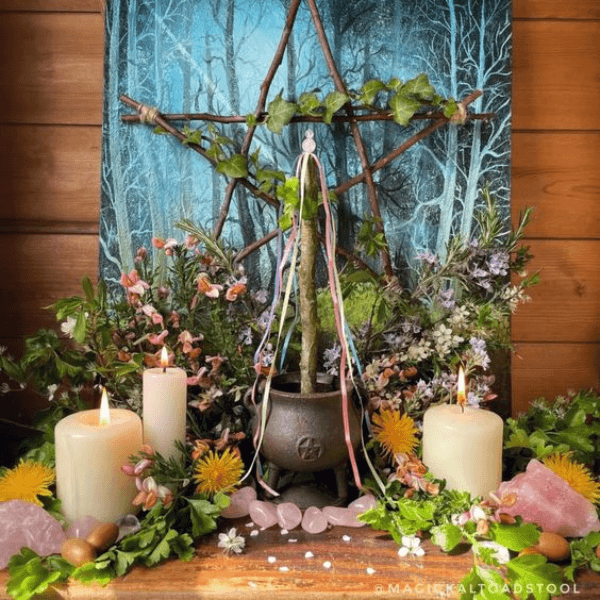
- Choose a special spot—like a windowsill or garden corner.
- Decorate with seasonal flowers, ribbons, candles, and symbols of fertility.
- Include offerings to Earth spirits: seeds, fruit, or fresh herbs.
- Light a candle and meditate on the rising energies of the season.
Your altar becomes a miniature Beltane celebration, a daily reminder of life’s abundance and beauty.
Some people like to add a representation of the God and Goddess or items that honor their personal beliefs. Arrange the items on the altar in a way that feels meaningful to you, and take some time to meditate or reflect on the energies of Beltane. You can light candles and incense to create a sacred atmosphere and use the altar as a focal point for your Beltane festival rituals and celebrations.
Herbs of Beltane
Traditional Beltane herbs infuse the season with protective and healing energy:
- Hawthorn: Fertility and protection against misfortune.
- Meadowsweet: Love spells and joyful blessings.
- Woodruff: Purification and cleansing of spirit.
- Elderflower: Health, healing, and spiritual renewal.
Incorporating these herbs into your rituals, incense blends, or even kitchen witchery can amplify the magic of Beltane.
Beltane Fire Festival Around the World
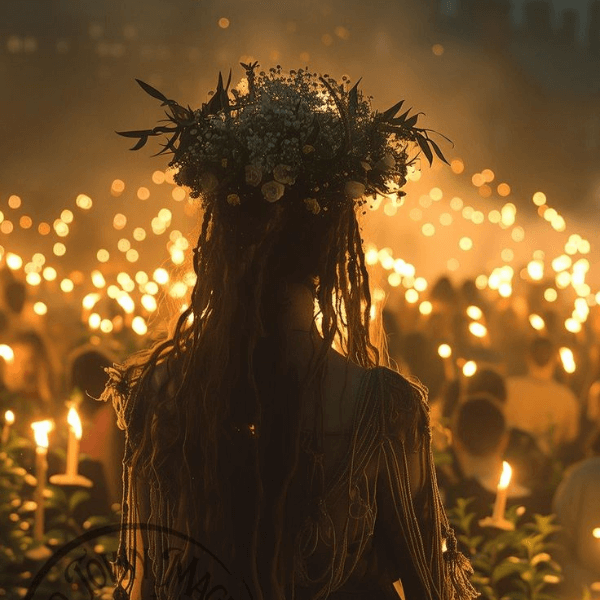
From small village gatherings to grand spectacles, Beltane fire festivals are celebrated worldwide. The Beltane Fire Festival in Edinburgh, for example, is one of the most famous modern-day revivals, attracting thousands who come to dance, drum, and honor the primal forces of life under the open sky.
Historically, Beltane fire festival history roots itself in these powerful acts of communal celebration—where community bonds were strengthened, fertility was honored, and the year’s prosperity was called forth.
And yes, if you’ve been wondering: May Day and Beltane are intertwined, but Beltane carries a deeper, spiritual significance beyond the ribbons and parades. It’s a mystical portal into the wild, untamed forces of nature.
Embrace the Spirit of Beltane
As the Earth hums with life and firelights flicker into the night, Beltane invites you to dance, laugh, and renew your spirit.
If you want to carry a piece of this vibrant magic with you, explore Coventum’s collection of handmade, symbolic jewelry—crafted to honor the ancient cycles of nature and celebrate your own wild heart. [Visit Coventum Collection ➔]


[…] Beltane (May Eve) […]
[…] Beltane, which occurs on May 1st, is the start of summer and is a celebration of fertility and growth. Wiccans celebrate Beltane by dancing around the Maypole, lighting bonfires, and celebrating the union of the goddess and god. […]